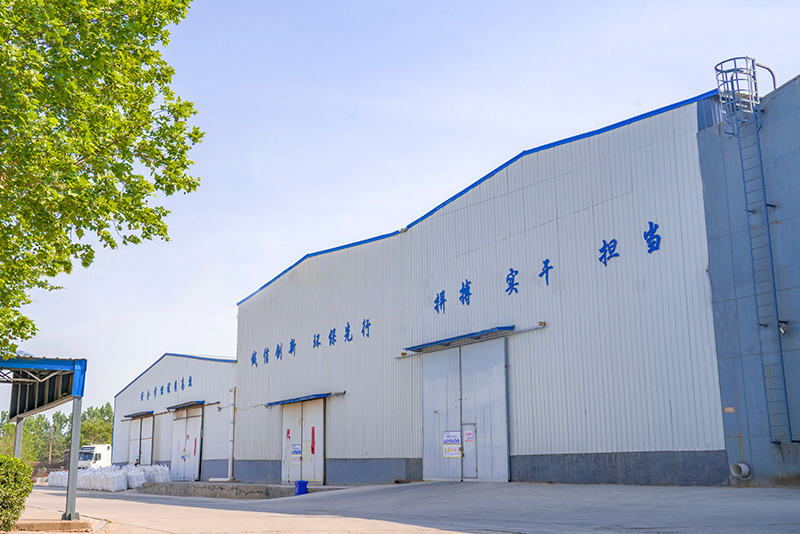 As the molten metal infuses the sand mold's intricate network of channels and cavities, gases must escape to prevent defects such as porosity or misshapen castings As the molten metal infuses the sand mold's intricate network of channels and cavities, gases must escape to prevent defects such as porosity or misshapen castings
As the molten metal infuses the sand mold's intricate network of channels and cavities, gases must escape to prevent defects such as porosity or misshapen castings As the molten metal infuses the sand mold's intricate network of channels and cavities, gases must escape to prevent defects such as porosity or misshapen castings parts of sand casting.
Cooling is the next step, a dance between patience and efficiency. The newly formed part must cool slowly to avoid thermal stress but not so slowly that it compromises productivity. After solidification, the sand mold cracks open to reveal the rough gem waiting inside, often requiring further refinement through processes like grinding or machining.
The versatility of sand casting allows for the creation of everything from massive engine blocks to delicate jewelry pieces. It is an economical choice for low volume production runs where the individual character of each casting is celebrated.
In conclusion, sand casting is a testament to human ingenuity, bridging the gap between raw materials and complex machinery. It is a process where granules of sand unite to form a temporary structure that imparts permanence to flowing metal, creating functional works of art that power modern industry.
Post time:Jun . 21, 2024 10:08
parts of sand casting.
Cooling is the next step, a dance between patience and efficiency. The newly formed part must cool slowly to avoid thermal stress but not so slowly that it compromises productivity. After solidification, the sand mold cracks open to reveal the rough gem waiting inside, often requiring further refinement through processes like grinding or machining.
The versatility of sand casting allows for the creation of everything from massive engine blocks to delicate jewelry pieces. It is an economical choice for low volume production runs where the individual character of each casting is celebrated.
In conclusion, sand casting is a testament to human ingenuity, bridging the gap between raw materials and complex machinery. It is a process where granules of sand unite to form a temporary structure that imparts permanence to flowing metal, creating functional works of art that power modern industry.
Post time:Jun . 21, 2024 10:08
Next:Lost foam casting process innovations.
